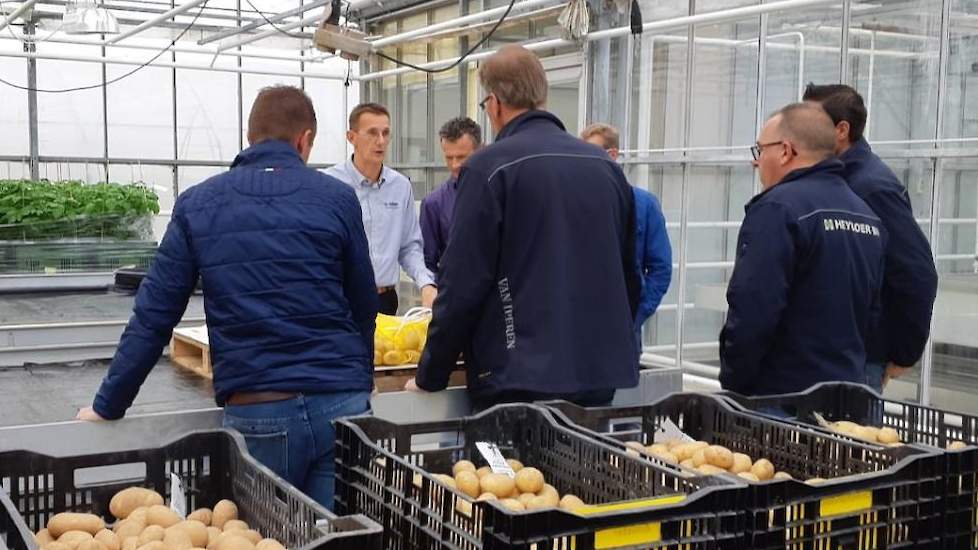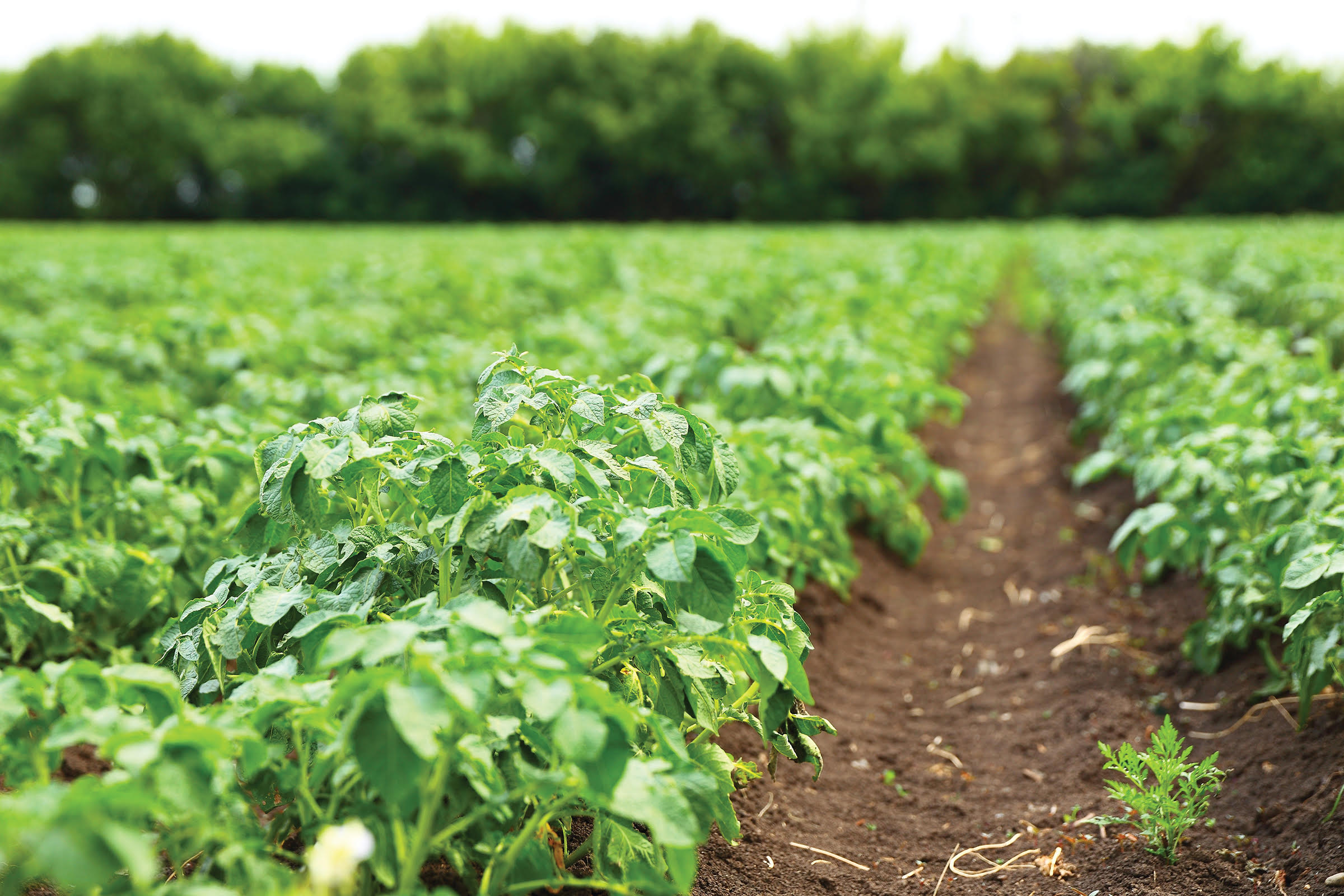BASF potato specialist, Paul Goddard, said potato growers need to be aware of the value of inputs now

THREE years ago BASF launched a new SDHI Rhizoctonia solani treatment for potatoes based on the fungicide fluxapyroxad and last year, together with Hummingbird technology, the company was able to measure precise differences in the emergence of the treated potato crop compared with azoxystrobin in the field.
BASF potato specialist, Paul Goddard, said potato growers need to be aware of the value of inputs now. “We are mindful that many input costs for growers have gone up recently and so I contracted Hummingbird Technologies, a state-of-the-art remote sensing technology company, to help us measure crop emergence and the growth of potato crops in greater detail in the field.”
“Hummingbird Technologies are world leaders in data collection and image analytics, so we were keen to work with them as they are the experts in this field. The system we employed is already proven commercially in lettuces to size up this produce to plan harvesting regimes. The company uses fixed wing and multirotor drones with the latest multispectral and hyperspectral sensors and they measured crop evenness plus canopy development in crops treated with ALLSTAR. We want to share these fascinating results of this technology with growers now before the season gets going,” he says.
“Even crop emergence in potatoes means creating more leaf, more photosynthetic area and results in a higher potential yield. An even crop is also easier and less expensive to manage. Evenness helps with applying herbicides and irrigation for common scab as well as burn-down strategies at the end of the season. For burn down the greater the range in plant size, the greater the range in maturity of the crop.
Tuber size can also be affected as big plants will dwarf small ones resulting in smaller tubers. This can result in a greater proportion of tubers being too small or too large for the specific target market. Growers are well aware of the size range of tubers they are trying to achieve to satisfy their contracts,” says Paul.
“Hummingbird Technologies used high resolution aerial imagery to provide precise figures behind what has been observed in the field and in trials to benchmark ALLSTAR against another in-furrow fungicide. Every 3 to 5 days following initial crop emergence, it provided plant counts, plant emergence and canopy data. It was exciting to be able to use such amazing technology and even more so to see what it meant in terms of value to the grower.” says Paul.
“I would be the first to say that crop differences in warm moist easy springs are difficult to see with the naked eye, however expert you are in potato agronomy. Ever since we launched ALLSTAR, the springs and planting conditions have been good and any benefit in emergence difficult to see and believe,” admits Paul Goddard.
“But it is value which is important to the grower. Sample digs of potatoes have been done to give a representation on tuber sizing. This showed that 95.4% of the tuber sizes in the ALLSTAR plots were of marketable yield, (with a tight range of 92.8% to 98.3%). In the azoxystrobin plots 91.3% of the crop was marketable yield (with a much wider range of 84.8% to 96.5%). ALLSTAR gives over 4% more marketable yield. Just think what that would mean across the whole crop and to your profit calculations.”
“Applying this information to an average 50 t/ha crop with the latest free buy price this autumn of £140/tonne minus the cost of the product, ALLSTAR treated crop delivered on average an additional £257/ha. Most of the crop effects in the field this year can be described as subtle with nothing noted on the ground, but the key driver on return is the % marketable yield which has been measured accurately by this great technology.”
Paul said: “Many potato inputs have gone up in price in recent years. Products that have been the foundation of potato growing in the past have been lost or will be lost and they have or will be substituted by newer products which are more effective and add more value.

“As an example the majority of potato growers used to use linuron plus PDQ for weed control but both these products are no longer available, so growers have to look for alternatives. For blight control if we lose mancozeb, growers will have to plan their programmes with the current potato blight fungicides which are more effective but cost more. We are interested in looking at the value of any input, not just the cost.”
ALLSTAR also has the benefit of an advanced ‘smooth-flow formulation’ which is kind to machinery and can be applied using any of the usual in furrow applicators. “There is no need to modify applicators to reduce nozzle blockages and equipment wear, as was reported from Potatoes in Practice 2019 for azoxystrobin. Nor is there a need to invest in a special applicator with ALLSTAR saving money with less wear and tear and no need for additional equipment.”


